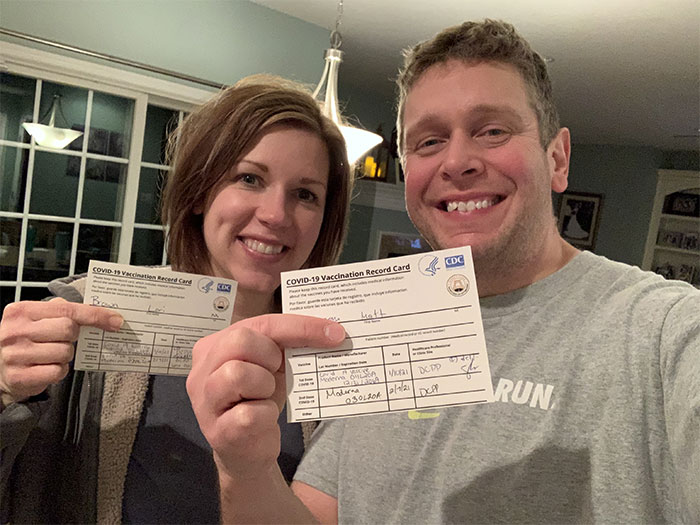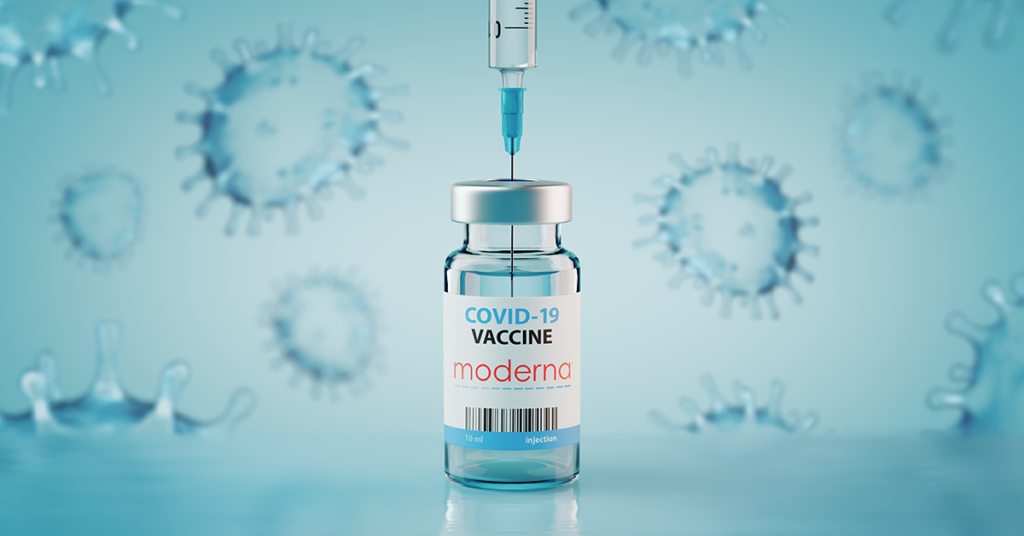Covid Vaccines: Part 1
A vaccine is given to prevent a disease…but how does it work? It works by priming the body’s natural immune defenses against a “disease-causing germ” (pathogen). This means the vaccine gives your body a heads-up about what danger may be coming to cause harm, enabling you to be better prepared to protect yourself.
Normally, when you’re exposed to a pathogen (like the covid virus), your immune system recognizes it as foreign- meaning it doesn’t belong in your body- and some white blood cells start making soldiers called antibodies to fight it off. This can take days to weeks. These antibodies will remember this pathogen and be ready to fight it much faster if exposed again in the future.
Fortunately, it was discovered in the 1700s during the smallpox epidemic that by giving someone a weakened version of a specific germ, they could induce immunity ahead of time- meaning the body would make antibodies BEFORE that person is actually exposed to the dangerous germ. This allows the body’s immune system to respond quickly when it comes in contact with that germ, wiping it out before it replicates and causes illness.
An example of this is polio, another contagious virus, that can lead to nerve damage, muscle atrophy, paralysis and even death. Its devastating effects impacted children more than adults throughout the early-mid 1900s. After a vaccine was created by a Pittsburgh physician named Jonas Salk, cases of polio dramatically decreased until it was declared eradicated in the Americas in 1994. This was an amazing feat.
Traditionally, vaccines were created using killed pathogens (as in polio) or live but weakened pathogens (as in measles, mumps and rubella). Another type of vaccine targets specific components of the pathogen like a protein (as in pneumococcal and shingles). What’s incredible and different about some of the covid vaccines (Pfizer and Moderna) are that scientists developed a new method, called an mRNA vaccine. They found out the “blueprints” that the covid virus uses to make a specific protein. Once injected in the form of a vaccine, a patient’s body now has the blueprints or directions to make this protein, which is still recognized as foreign, so the white blood cells start pumping out antibodies to attack it. These blueprints are then destroyed.
The beauty of mRNA vaccines is that they’re faster and cheaper to produce, extremely effective, as well as safer because they don’t contain any infectious elements (so it won’t give you covid). However, about 50% of people will develop symptoms of fever, muscle aches, headaches and fatigue. What is this if it’s not covid? It’s your body’s immune system responding as expected. It usually lasts <48 hours. (This is common to vaccines, which is why many people think the flu shot gave them the flu. Nope, just your immune system working). In the grand scheme of things, feeling yucky for 1-2 days to prevent a severe covid infection which may result in hospitalization, mechanical ventilation or death seems like a minor price to pay.
In the case of the Moderna vaccine, 30,420 adult volunteers participated in the 4 month long phase 3 trial. Half received vaccine and half received placebo. At least 2 weeks after the 2nd shot was given, there were 196 cases of symptomatic covid among the volunteers. (Remember it takes the vaccine 2 weeks to work because that’s how long it takes your white blood cells to make enough antibodies). Only 11 of the 196 Covid+ cases were in the vaccine group and none of those were severe covid infections. That means that the placebo group had 185 symptomatic covid infections, 30 of which were severe. That puts the Moderna vaccine at 94% efficacy in preventing symptomatic covid infection.
I’ll take those odds.
Here’s a pic of my husband and me after we got our Covid vaccine. We both had chills and body aches for ~24 hours after the 2nd dose…and it was totally worth it 😉

More on Pfizer’s and Astra Zeneca’s covid vaccines in my next post.



